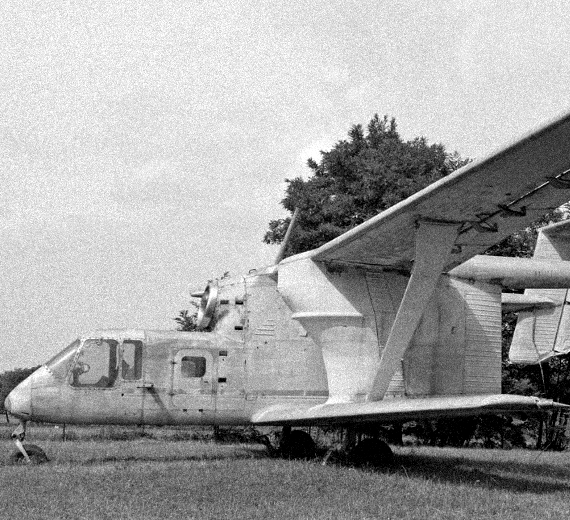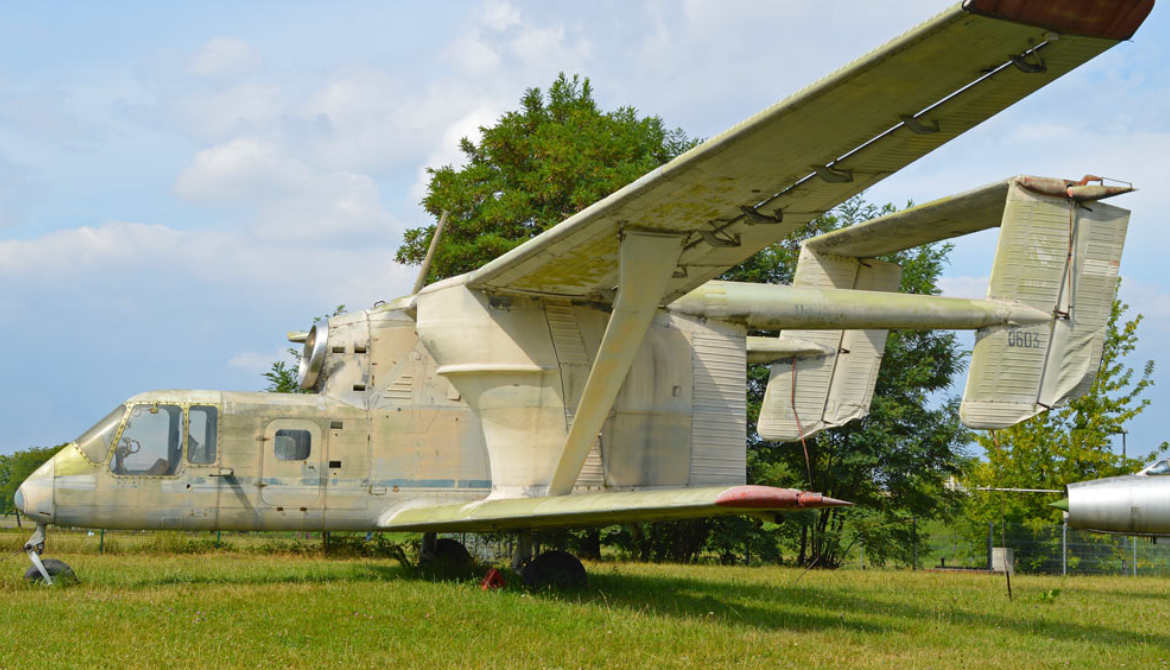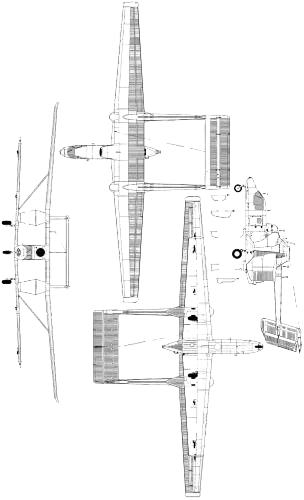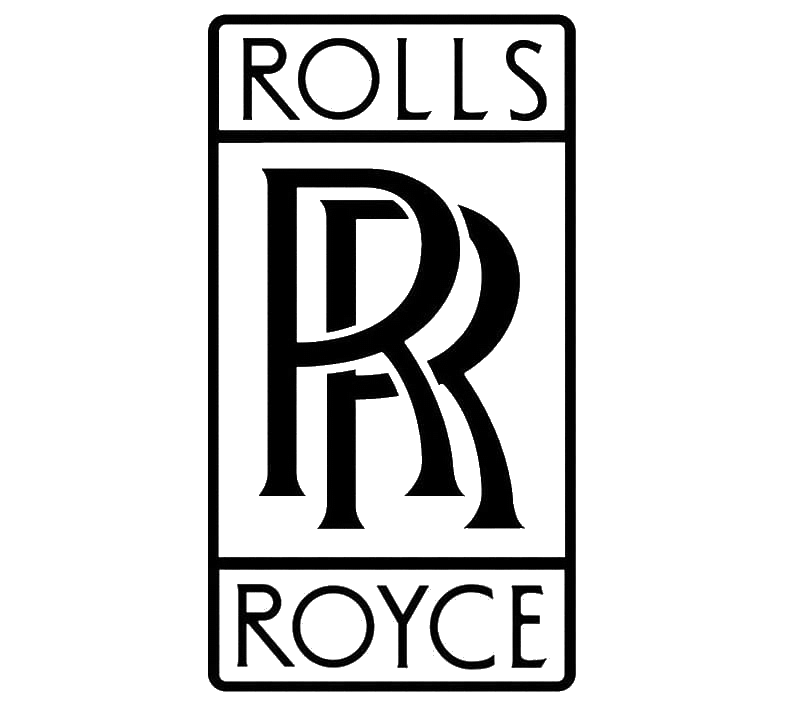.
History WSK "PZL-Mielec
PZL M-15 Belphegor

The PZL M-15 was a jet-powered sesquiplane designed and manufactured by the Polish aircraft company WSK PZL-Mielec for agricultural aviation. In reference to both its strange looks and relatively loud jet engine, the aircraft was nicknamed Belphegor, after the noisy demon.
Development of the M-15 can be traced back to a Soviet requirement for a modern agricultural aircraft to succeed the Antonov An-2; it was at the insistence of Soviet officials that jet propulsion would power the type. WSK Mielec's design team recognised the value of the An-2's biplane configuration to the role and set about developing an initial experimental aircraft, the Lala-1, for Latające Laboratorium 1 ("Flying Laboratory 1") to explore the use of a jet engine with such a configuration. On 20 May 1973, the first M-15 prototype performed its maiden flight; even during the test flight phase, it was apparent that there were several drawbacks to the aircraft, including its poor handling, limited range, and high operating costs.
Design
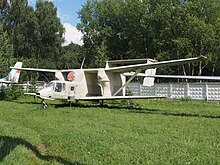

0
KmCeiling
0
KmCombat RANGE
0
Km/hAircraft Speed
0
Max Crew
Photo Gallery
WSK "PZL-Mielec
PZL M-15 Belphegor


WSK "PZL-Mielec
PZL M-15 Belphegor
General Info
-
-
- Crew: 1
- Capacity:
-
- Seats for two groundcrew for ferry flights
- 2,900 L (770 US gal; 640 imp gal) liquid chemicals or
- 2,200 kg (4,850 lb) dry chemicals
- Length: 12.72 m (41 ft 9 in)
- Wingspan: 22.33 m (73 ft 3 in)
-
Powerplant
-
- Wing area: 67.5 m2 (727 sq ft)
- Empty weight: 3,090 kg (6,812 lb)
- Max takeoff weight: 5,650 kg (12,456 lb)
- Powerplant: 1 × Ivchenko-Progress AI-25 turbofan, 14.7 kN (3,300 lbf) thrust
-
Performance
- Maximum speed: 200 km/h (120 mph, 110 kn)
- Cruise speed: 140–165 km/h (87–103 mph, 76–89 kn) (normal operating speed)
- Stall speed: 108 km/h (67 mph, 58 kn)
- Range: 400 km (250 mi, 220 nmi)
- Rate of climb: 4.8 m/s (940 ft/min)
.
Links to Youtube & Others
During 1976, serial production of the M-15 commenced. At one stage, Soviet agriculture planners had intended to order as many as 3,000 aircraft to meet its needs; however, operations of the M-15 under real world circumstances proved to be a largely disappointing experience. As an inherent consequence of adopting a jet engine, it was not an economical aircraft to operate, being inferior in this aspect to the An-2 that the M-15 had been envisioned to succeed
PZL TS-11 Iskra
(English: Spark)
The PZL TS-11 Iskra (English: Spark) is a Polish jet trainer, developed and manufactured by aircraft company PZL-Mielec.

Youtube Link
Recorded Nov. 14th 2009, I had the opportunity to fly with Dr. Wayne Clark in his PZL-WSK-Mielec TS-11 ISKRA JET

